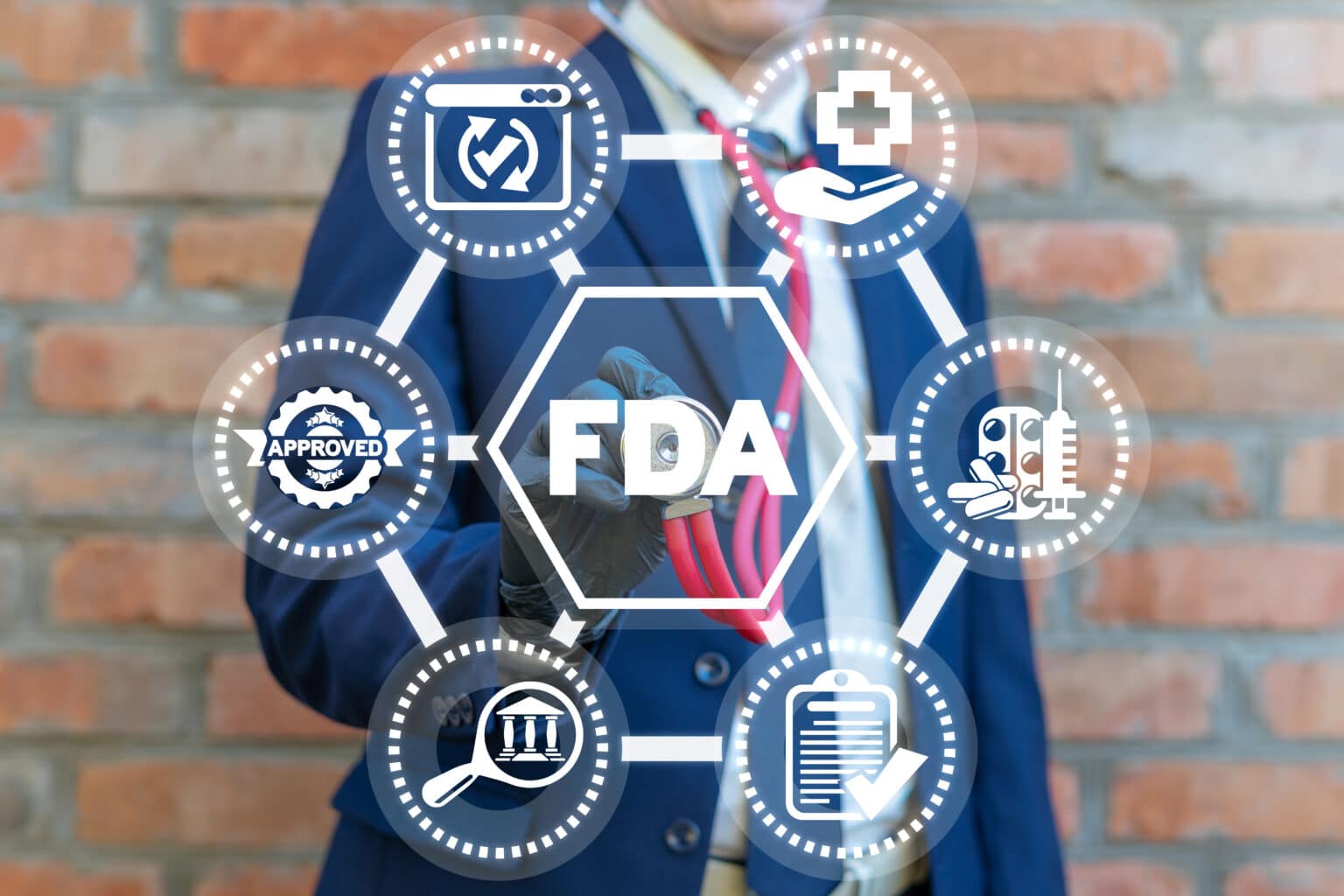The manufacturing facilities of life science companies can expect to have the U.S. Food and Drug Administration (FDA) show up anytime, announced, or unannounced. Once the inspection is complete, the FDA investigator would issue either a Form 483 Observation or a Warning letter. It will be delivered to the company, based on their findings of any violations of the Food Drug and Cosmetic (FD&C) Act and related Acts. The observations noted on Form 483 or the Warning letter are always specific, significant, and clearly explained.
It is important to understand the difference between Form 483 Observations and a Warning Letter from the FDA. Having a clear understanding of the difference between the two helps companies plan their activities to decide on how to address them.
Topics
-
What is an FDA Form 483 Observation?
-
What is an FDA Warning letter?
-
Common reasons for Form 483 or Warning letter issuance
-
What to do?
What is an FDA Form 483 Observation?
This is a notice that can be sent to a company after the inspection is complete, to inform and highlight any potential regulatory violations found. It is a list of deficiencies observed during the inspection. At the conclusion of the inspection, the Food and Drug Administration (FDA) inspectors will discuss the content of Form 483 in detail with the senior management of the company.
As a result, it may require more than one person or department to come together to address these issues and respond to FDA’s Form 483 in a proper and timely manner. Companies are highly encouraged to communicate their plans for corrective actions with FDA and implement those diligently. The company is the one ultimately responsible for making the necessary changes to fix any issues that have been pointed out on Form 483, as well as any other issues that may exist that weren’t included on Form 483.
What is an FDA Warning letter?
Unlike Form 483 Observations, an FDA Warning letter is issued against a company when a more serious regulatory violation is found during an inspection. There could have been a major compliance deficiency that was noted during a past inspection by the FDA and as a result, Form 483 was cited to the company. However, if the company has not addressed the issue yet, a warning letter will be issued. Based on the inspector’s report, a senior FDA official would issue a Warning letter which is usually hand-delivered. A response to it is expected within 15 days and sometimes even earlier than that based on the severity of the issue.
Common reasons for Form 483 or Warning letter issuance
If a life science company is not meeting regulatory standards, they may be issued either a Form 483 or a Warning Letter as a sign of non-compliance. The FDA may issue a Form 483 or Warning Letter if they find that a manufacturing company has not met standards for a drug or has not established procedures that meet FDA guidelines in other areas.
Additionally, FDA inspectors may find that even though correct procedures are in place and are being followed by the company, they are poorly documented and the existing documentation does not prove that the organization is within compliance parameters.
Whether it is a Form 483 Observations or a Warning letter that a company receives from the FDA, it needs to be dealt with seriously. The non-compliance incidents, if not taken care of, can have serious implications in the long run for the company itself as well as the quality of services they provide.
Some of the primary triggers for an FDA Form 483 or Warning Letter include a lack of adequate documentation, inadequate environmental control, misconfigured equipment, and a lack of protocols for sterile drugs.
What to do?
Any potential regulatory issues are described and explained in detail in an FDA 483 Observation letter and an escalated notification of that would be a Warning letter. As mentioned earlier, if not addressed, a 483 Observation letter can easily turn into a Warning letter from the FDA. In either case, it is expected that the company responds in writing within 15 days of receiving it.
After an FDA assessment is completed and the organization’s leadership is presented with either a Form 483 or a Warning letter, they should take the time to fully comprehend the documents and communicate with the FDA representative regarding any queries or apprehensions. The management should ask questions, demonstrate understanding and awareness of applicable regulations, and even identify and discuss any errors in observation.
Also, once a Warning letter is issued, the company is then required by the law to deal with any regulatory violation before it can bring its products to market. A company should have in place, a clear and specific plan to implement and be in touch with the FDA to make sure that they are on the right path.
Finally, it is very important for a company to be always ‘inspection ready’ because an FDA inspector can show up at their doorstep anytime without any prior notice. They should be well-prepared to answer any questions or concerns that may come up during an FDA inspection.

